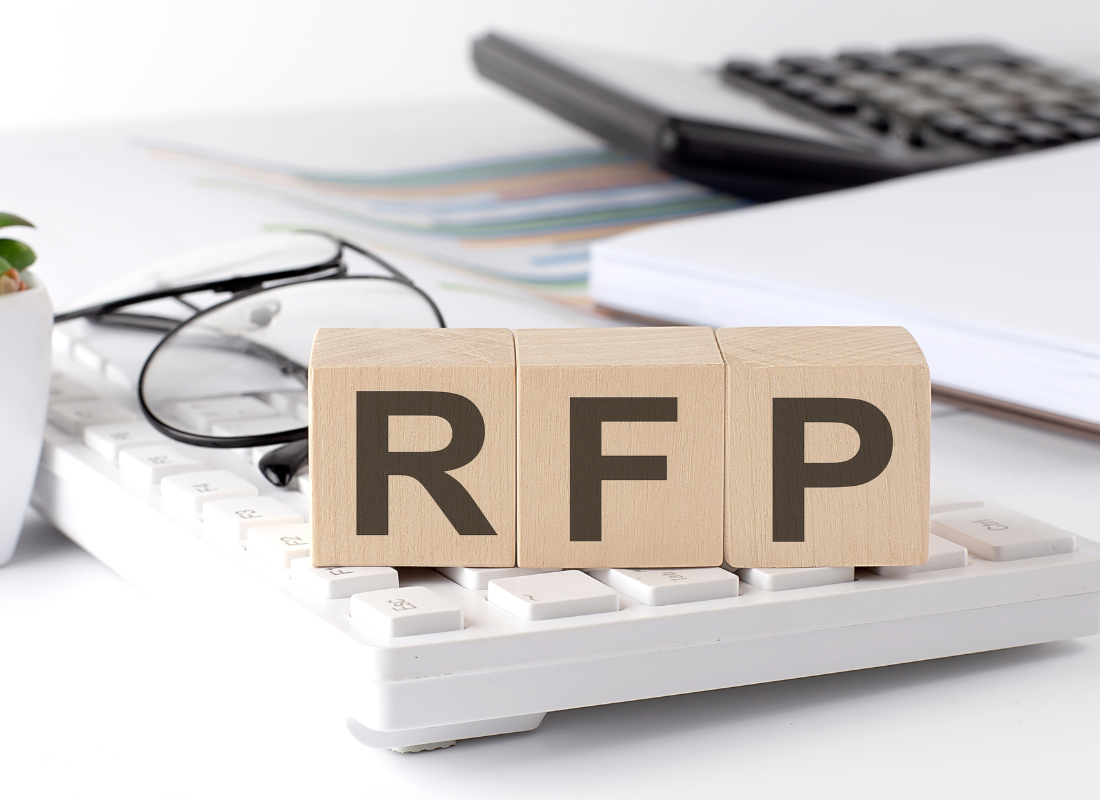Want more like this?
Sign up today to get free articles, webinars, whitepapers, yearly guides and more delivered to your inbox.
Understanding Financial Statements: A Guide for Nonprofit Boards
Originally published on December 13, 2023
Updated on March 4th, 2024
Your governing board is responsible for ensuring your nonprofit complies with laws/regulations and achieves the goals that further its mission. Part of that role means making sure the organization is on the right track, which involves regularly reviewing its financial statements. This means it’s critical for board members to have a solid understanding of statement contents and organization.
Financial statements help your board assess whether resources are being used efficiently and in service of your mission. Knowing whether your organization has surplus revenue or cash on hand can enable nonprofit board members to take advantage of opportunities for growth. Deficits, on the other hand, can signal danger ahead. Financial statements also provide a level of accountability to funders, community partners and the public on how your nonprofit is using the money and other assets with which it has been entrusted.
Whether you lead your organization or you’re a nonprofit board member yourself, James Moore’s Karsten Derendorf and Tiffany Edwards can help boost your financial literacy by breaking down the components of the four most common financial statements. Both are key members of James Moore’s Nonprofit Services Team.
Financial statements: Know the basics
There are four common types of financial statements:
- Statement of net position
- Statement of activities
- Statement of functional expenses
- Statement of cash flows
Understanding the statement of net position
The statement of net position is the nonprofit equivalent of the balance sheet. It essentially captures a snapshot of a nonprofit’s financials at a given point in time, enumerating assets on one side and liabilities and net assets on the other. The amounts in these two columns should balance one another out.
Assets are what the organization owns. Liabilities are what the organization owes. Net assets are the cumulative excess revenues over expenses over the life of the organization. Common types of assets include:
- Cash and cash equivalents
- Certificates of deposit
- Pledges, grants or accounts receivable
- Prepaid expenses
- Investments
- Inventory
- Fixed assets/property and equipment
- Collections
The statement of net position lists assets as current and non-current (or “other”). Current assets can be converted into cash to be used in the next year. Non-current assets are for longer-term use.
Common types of liabilities include:
- Accounts payable
- Accrued expenses
- Deferred revenue
- Long-term debt
The statement of net position lists liabilities as current (any that should be paid in the next year) and long-term.
Net assets are classified on the statement as either “with donor restrictions” or “without donor restrictions.” Net assets with donor restrictions refer to donations that donors have directed to be used for a specific purpose.
Sometimes a statement will list amounts under “Net assets without donor restrictions” as undesignated or designated. It’s important to understand that even amounts classified as designated by the board can ultimately be used for something else with board approval.
“The only person that can say, ‘It has to be used for this purpose’ is a donor,” Karsten said.
Understanding the statement of activities
The nonprofit equivalent of an income statement, the statement of activities shows revenues and expenses. Unlike the “snapshot” provided by the statement of net position, the statement of activities provides information on operative activities over a period of time (usually the fiscal year).
On this statement, your nonprofit board will see revenues minus expenses and the resulting change in net assets for the current period. The statement also shows the organization’s net assets at the beginning of the year compared with the year’s end.
Common types of nonprofit revenues include:
- Contributions (these include donations, gifts or transfer of assets and are designated as unrestricted, restricted or temporarily restricted)
- Program service revenue
- Governmental grants
- Special events revenue
- Investment income
The statement includes donor-restricted contributions and expenditures as a separate column. As a reminder, only a donor can impose a binding restriction on a contribution. Any carryover not spent becomes a restricted net asset.
If possible, try to solicit unrestricted contributions. This gives your organization the flexibility to use funds where they’re needed most. If a donor insists on a restriction, try to spend restricted funding first.
“This is where having conversations with your donors is really important,” Karsten said. “Many people have the best of intentions. But they don’t really understand the record-keeping and complications that can come with donations restricted to one specific purpose.”
Nonprofit boards do themselves a disservice if they only look at the statement of activities and ignore other financials. Each statement complements the others.
“It’s important to know what you have and what you owe. Otherwise it’s very hard to make decisions,” Karsten said. “If you only look at your statement of activities and miss the fact that you have a million dollars due next year, that’s not helpful. You have to look at the entire picture.”
Understanding the statement of functional expenses
The statement of functional expenses a detailed breakdown of expenses by classification and function. It parses out program expenses from supporting services like administration and fundraising. This statement is particularly helpful to a nonprofit board because it reveals how much money is actually spent on the organization’s programming — a great talking point to share with donors.
JMCO recommends nonprofit organizations aim to spend at least 80% on programs, with 20% earmarked for administration and fundraising expenses. However, the higher the percentage spent on programming, the better.
Make sure your program service columns and spending align with the strategic objectives you have set for the year.
“From a nonprofit board’s perspective, the statement of functional expenses gives an idea of the way you’re spending money on the goals you’ve set for the year,” Tiffany said. “You can really see where time and money are going. Make sure those align with what you’re hoping to see happen to complete the mission of the organization.”
Understanding the statement of cash flows
This statement summarizes the amount of cash entering and leaving your nonprofit during a reporting period. Understanding your nonprofit’s cash flow is a vital component to keeping your organization running. It measures your ability to pay debts and fund operations.
“If you think you’re doing well and suddenly can’t make your payroll, then there are issues,” Karsten said. “You’re not going to be able to move forward if your employees aren’t coming in. You want to see that you have enough cash balance available to pay things down.”
Cash flows are separated into three categories:
- Operating activities: Cash from what the organization does in its day-to-day operations
- Investing activities: Cash from investments. Examples can include property, loans to vendors and changes in assets.
- Financing activities: Cash from loan proceeds and payments
While the statement of cash flows is important, an accrual-based statement can yield a more comprehensive of your nonprofit’s position.
“If you owe all this money at the end of the month, or if you’re highly leveraged, your cash-based statement won’t show you that,” Karsten said.
Understanding the single audit
If your organization receives over $750,000 in federal or state funding, a single audit is required. The audit includes two schedules that are particularly important to understand.
Schedule of Expenditures of Federal Awards (and State Financial Assistance): Commonly known as the SEFA, this schedule shows how much funding has been spent from each of the federal and state grants your organization has received.
Schedule of Findings and Questioned Costs: This schedule is a summary of the auditor’s report. Auditors assess your internal controls for any potential weaknesses. If there is an issue with your organization’s controls, the auditor will notify your nonprofit board.
An “unmodified” at the top of the schedule means auditors didn’t identify any modifications that need to be made. “That is the A+ stamp on an audit,” Karsten said. Tiffany sees this schedule as a board cheat sheet; “You can get summarized information very quickly as a nonprofit board member to see where you stand.”
If an audit uncovers a material weakness or significant deficiency, it’s important to know what these terms mean so that the organization can rectify the issue.
- A material weakness means there’s a reasonable possibility a material misstatement of the entity’s financial statements won’t be prevented (or detected and corrected on a timely basis).
- A significant deficiency is a deficiency in internal controls that, while less severe than material weakness, is important enough to merit attention by the governing board.
What nonprofit board members should look for
As your nonprofit board members review financial statements, they should look closely at these ratios:
- Program/administrative expense ratio: Make sure that at least 80% of funds are spent on programming.
- Government/other reliance ratio: Avoid relying too heavily on any single source of revenue to minimize risk.
- Fundraising efficiency ratio: This ratio describes the amount spent on fundraising versus the amount brought in via fundraising efforts.
- Current ratio: This shows the relationship between assets and liability. Ensure you have enough liquidity to pay debts as they come due.
- Leverage ratio: This measures your organization’s debt relative to other financial metrics.
You can also enlist your nonprofit CPA to coach board members on financial statements and other fiscal responsibilities. And an educated nonprofit board is an essential tool for your organization’s success.
All content provided in this article is for informational purposes only. Matters discussed in this article are subject to change. For up-to-date information on this subject please contact a James Moore professional. James Moore will not be held responsible for any claim, loss, damage or inconvenience caused as a result of any information within these pages or any information accessed through this site.
Other Posts You Might Like

